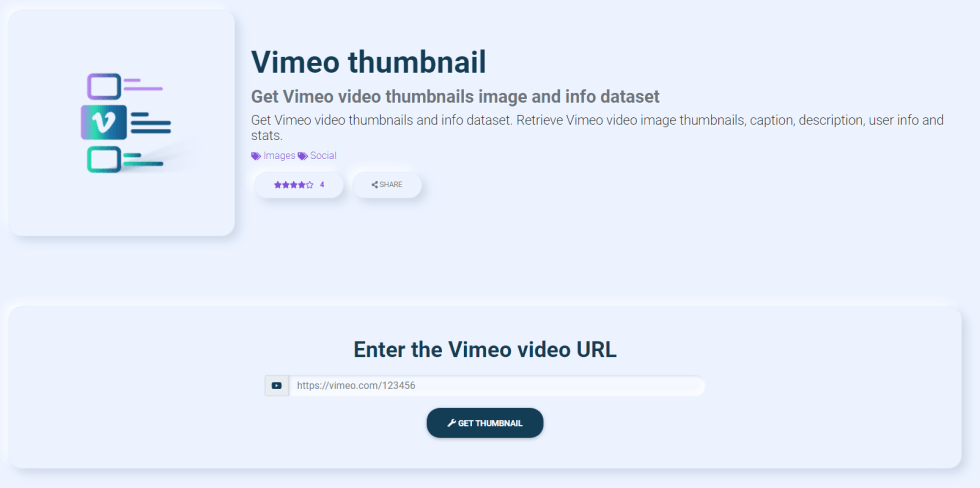4 Tools to Optimize Images
Is optimising your website's images useful for improving its ranking?
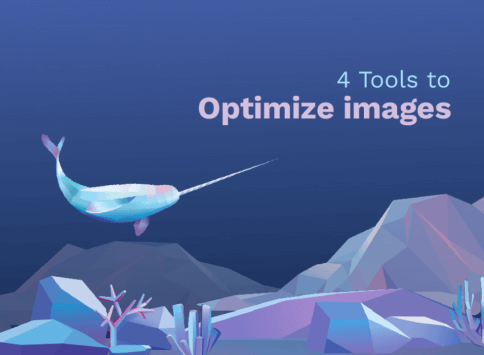
Optimize images for SEO
Is optimising your website's images useful for improving its ranking?
Of course it is!
First of all, using images on a web page makes it much more interesting and interactive, as well as helping users to immediately understand the subject matter.
Search engines reward the use of images if they are used correctly: size, adaptation to the screen and, above all, alt tags to allow certain categories of users to understand what it is about.
As you can see, there are many aspects to be taken into account for the correct use of images.
So focus on the responsive and technical side of the images, as well as on their editing.
Site Snapshot
On the technical side of web images, it can be useful to take a screenshot of the page you want to analyse: for example when you are editing it and need to compare it with the previous version; or if you have problems with the page and need to send it to the hosting service.
Among the tools that provide this service on the web is SeoChecker's Site Snapshot Capture tool: it is free and the processing is done entirely online without the need to download anything.
All you have to do is upload a link and the tool converts it into a data image/jpeg base64.
In addition, rendering on desktop and mobile devices and filmstrip thumbnails with loading times are also provided.
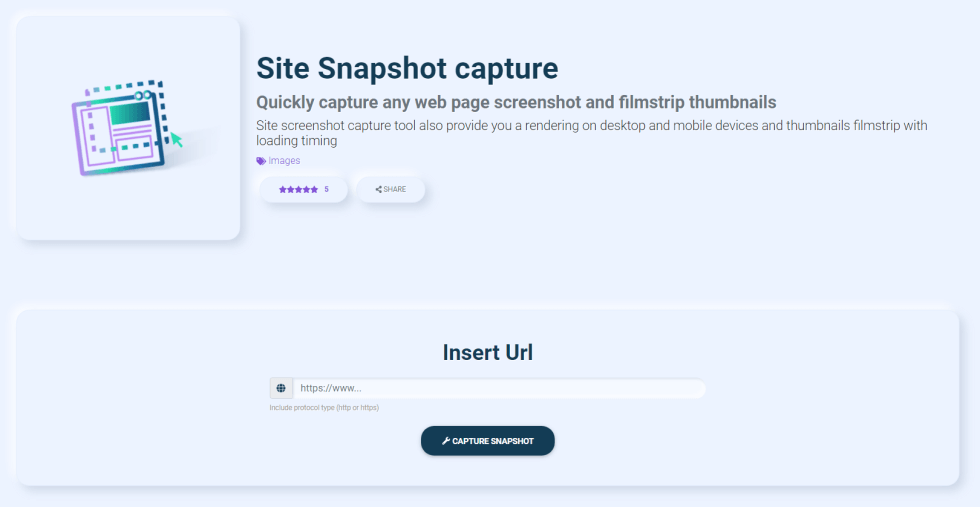
Image Editor
Images often need to be adapted for inclusion in different fields: banners, profile images and so on.
For this purpose, there are many paid softwares and free tools: among them, there is the SeoChecker Image Editor.
Thanks to the Image Editor tool, you can edit your images in many ways such as zooming, cropping, flipping, rotating, scaling and resizing.
You can either work manually or use the default settings for:
- size: 16:9, 4:3, 1:1 and 2:3;
- view mode: four options;
- rotation: 45°, 90° or 180°;
- flip: horizontal or vertical.
Moreover, you will also be able to view specific image data.
Image Color Palette
A web image can be useful not only for scoring or user experience purposes, but also for creating a consistent colour identity for the page.
For this we recommend you SeoChecker's Image Palette tool.
With this tool, all you need to do is simply upload the photo and it will be able to extract its color palette exploiting the image's hues.
How does it work?
With this tool, the pixels of the image are grouped using an algorithm: the groups are chosen according to the affinity of the colours, of which the dominant one (in the centre) is then selected.
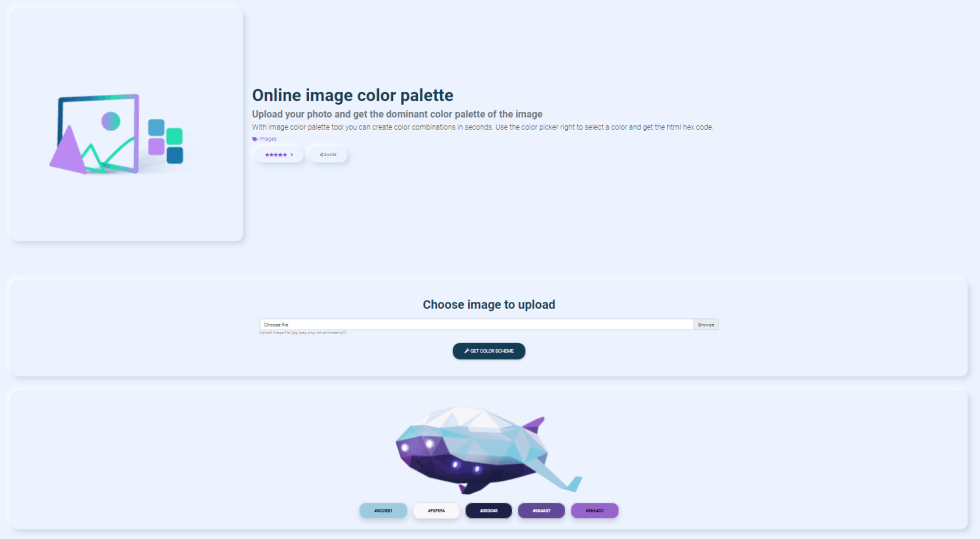
YouTube Thumbnail and Vimeo Thumbnail
Using the right image is not only the prerogative of web pages: choosing the right frame for a YouTube video can be the key to getting more views.
The frame that is previewed is called a thumbnail, which is a reduced version of an image.
SeoChecker's YouTube Thumbnail tool is capable of releasing 9 different thumbnails:
Maximum thumbnail resolution: 1920x 1080 px
Standard definition thumbnail: ot a 640x480 px
High Quality Thumbnail: 480x360 px
Player Background Thumbnail: 480x360 px
Medium Quality Thumbnail: 320x180 px
Normal Quality Thumbnail: 120x80 px
Thumbnail Start: 120x90 px (the first
Medium Thumbnail: 120x90 px
Thumbnail End: 120x90 px
In addition to these, the tool also provides information about the video's title, description, author, author url page, average rating, number of videos, length, type and version.
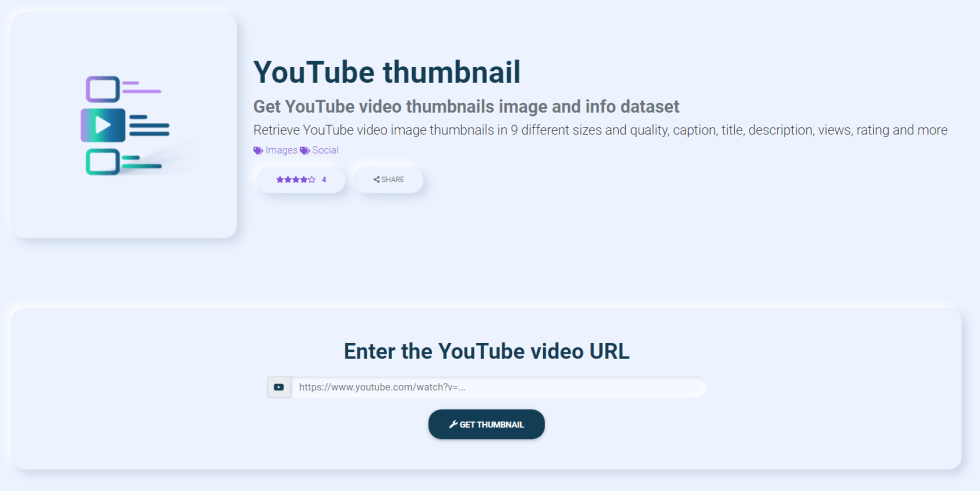
YouTube is not the only video platform: another popular service is Vimeo.
SeoChecker's Vimeo Thumbnail tool is able to give you 3 different images:
Large Thumbnail: 640x360 px
Medium Thumbnail: 200x150 px
Small Thumbnail: 100x74 px
